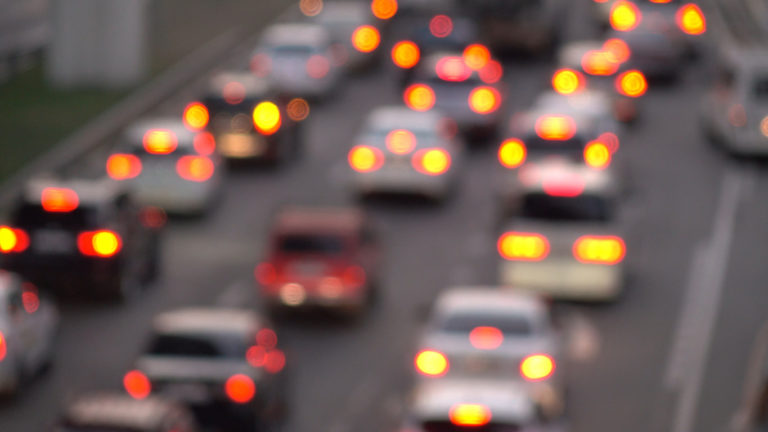Buffalo Road Safety Overview

Buffalo isn’t exactly known for its safe roads. A recent Allstate’s Best Drivers Report ranked Buffalo drivers the worst drivers in New York. The study of auto insurance claims in 200 cities found that Buffalo was the 148th safest city to drive in.
On average, U.S. drivers are involved in a collision every 10.6 years. By comparison, Buffalo drivers get into accidents once every 7.9 years. About 16.5% of all Buffalo drivers have a prior accident on their record. It is always a good idea to keep the contact information of a car accident attorney in case you are ever injured in a crash.
Here’s a more in-depth look at road safety in Buffalo and the city’s efforts to reduce the rate of car accidents and injuries.
Traffic Accident Statistics For Buffalo, New York
In 2021, there were 22 fatal accidents in Buffalo. Eight pedestrians were involved in these crashes. About 50 people are killed in accidents in Erie County every year.
On average, a bicyclist or pedestrian is involved in a car accident every day in Buffalo.
In 2023, Buffalo received over 9,800 traffic incident calls.
Most of these calls were in the following neighborhoods:
- Central – 596 incidents
- North Park – 526 incidents
- Parkside – 488 incidents
- Broadway Fillmore – 479 incidents
- Genesee-Moselle – 431 incidents
- Delavan Grider – 403 incidents
73% of these reports were property damage only crashes. 21% or 2,054 were related to a crash with injuries. About 6% of the reports were for accidents on the Buffalo Skyway, NY 33, or NY 198.
Common Causes of Motor Vehicle Accidents in Buffalo
Speeding is one of the main causes of accidents. Since 2013, speeding has remained one of the top three 311 complaints, and complaints have increased every year.
According to Sgt. Amy Parisi of the Erie County Sheriff’s Office, speeding, distracted driving, and impaired driving are behind most accidents in the area.
Drunk driving is particularly problematic in the city. Buffalo has 2.17 fatal DUI crashes per 100,000 people. This is the highest rate of fatal DUI accidents in Western New York, and the number increased by 30% over three recent years.
Extreme weather also contributes to crashes in Buffalo and the rest of Western New York. Half of all snowfall in the area is caused by the lake effect, when cold air blows over the warmer lake waters, becoming saturated and creating clouds. On average, Buffalo gets 112 inches of annual snowfall. Snow causes 17% of weather-related crashes, followed by slush (14%) and icy roads (10%).
Buffalo Road Safety Initiatives
In 2015, the Buffalo Traffic Violations Agency (BTVA) was formed to adjudicate non-criminal moving violations previously adjudicated by the DMV. The mission of the agency is to improve public safety and promote driver responsibility for a “Safe Buffalo.”
In 2021, the BTVA handled 19,663 tickets.
The City of Buffalo launched the Slow Streets Program in 2019 to allow residents to request traffic calming measures on their streets. Applications are reviewed by the Department of Public Works. If approved, speed humps, pole-mounted radar detectors, and other measures can be implemented.
Main roads and arterials are not eligible for the program, which is designed to improve safety in neighborhoods.
Buffalo also became the first city in New York to create a Complete Streets plan. This involves designing safer roadways at the local level by considering all road users, including pedestrians and bicyclists. The City of Buffalo has created a plan to become one of the country’s most bicycle-friendly cities by adding dozens of miles of bike lanes.
Despite its reputation for dangerous drivers and equally dangerous weather, the City of Buffalo is making important efforts to improve safety for all road users. If you’re visiting the city, remember that speeding is the most common and avoidable cause of collisions. Make sure you follow the speed limit, particularly during the winter or while it’s raining, when icy or slick roads make accidents more likely.
Do you have questions about road safety in your city?, Contact us and we’ll get back to you.
